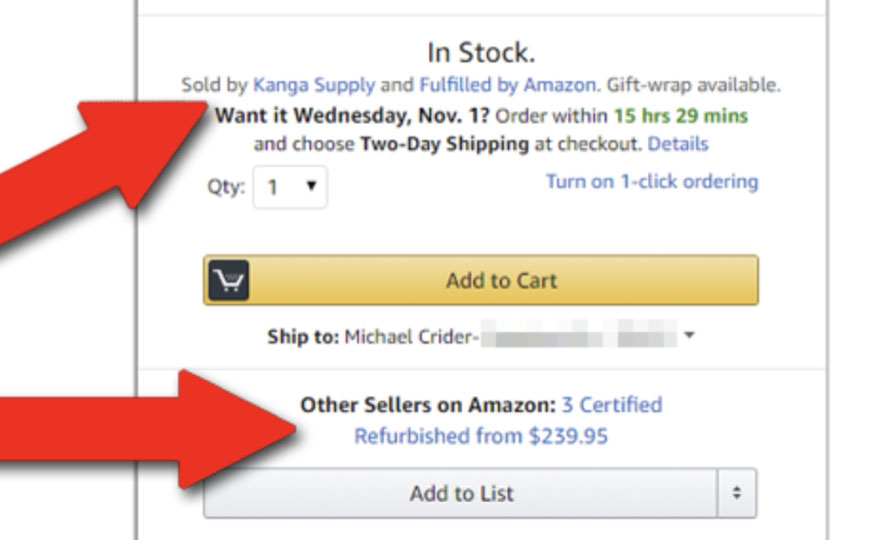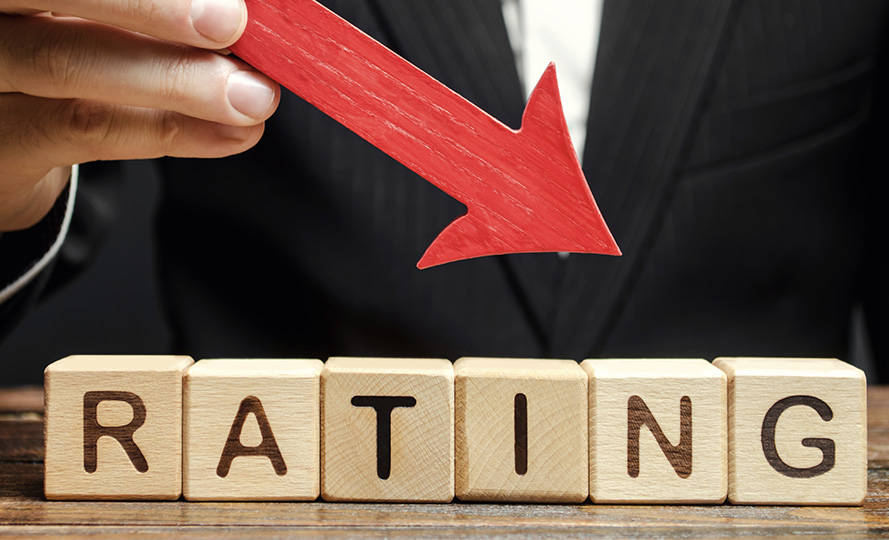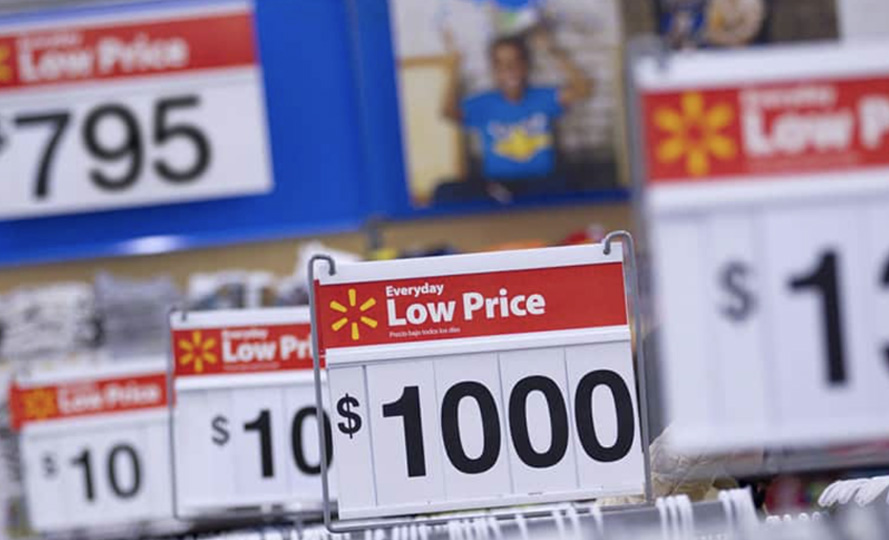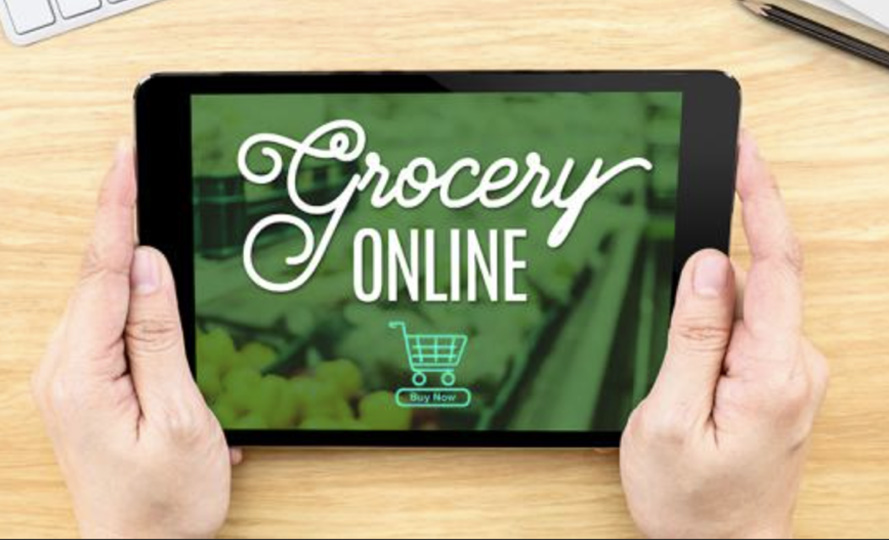Everyone knows Amazon, the giant in the online retail business. But have you ever thought of the reason why it has gained huge profits and become the king in the e-commerce market? Probably the answer lies in the increasing number of third-party sellers registered on this platform.
How many third-party sellers are there on Amazon? Maybe giving accurate numbers is difficult due to fast changes, but a rough estimation could be made. According to the up-to-date data published on the authoritative Statista website, Amazon’s net sales reached close to $386 billion in 2020. The total number of active independent sellers amounted to more than 2.5 million. And surprisingly, over 50% of the recorded revenues were created by independent sellers.

Indeed, these Amazon third-party sellers offer various novel items. They contribute to the impressive diversity and convenience of choice. Shopping on Amazon is an enjoyable experience to revel at. Unhappily, annoying stories happen from time to time. Such leisure turned into an expensive nuisance, which must be restricted.
Imagine a vivid example in which someone had to pick out a piece of precious jewellery from online stores out of geographical inconvenience to buy on the spot. Then the unique and beautiful one sold from an independent seller was chosen at last. Doubt and hesitation came before ordering, for the customer might wonder:
“Oh, the jewellery costs me a fortune. Is it authentic? Is the price reasonable enough? How can I determine on earth if this is a trusted independent seller?”
Well, we’ve now come to the topics to discuss in detail for this article:
“Are those third-party sellers on Amazon trustworthy? And how?”
1. Yes, yes, yes! Safety comes with caution.
Even though you might have been told a hundred times by your friends that there are fakers, don’t taint your view of the Amazon third-party sellers too quickly. As long as you’re buying in the right way, the third-party sellers on Amazon can be safe. There will be no more suffering from the pain of wasting your hard-earned money in the hands of cheaters.
Nevertheless, it’s absolutely essential to be extra careful when treating sellers. It’s never wrong to take things slowly and tread on the side of caution. You know scammers are always trying every possibility of making away with counterfeits, and they hope for nothing more than your carelessness.

2.Check first for the “Fulfilled by Amazon” tag.
“Fulfilled by Amazon (FBA)”, which is the symbolic tag of the items offered by a third-party seller, stands out as one of the best ways to avoid fraud. Not only will these labelled products be shipped to customers from an Amazon Fulfillment Center, but all customer service and product returns will be handled as usual.
Why add this tag? In general, if consumers look for the goods or services on Amazon, the items provided by third-party sellers will also show up in the search results. This default listing guarantees fair play in the so-called “Winning the Buy Box” competition. However, there are times when you need to click the “Other Sellers on Amazon” tab to find other legit sellers, though. And this occurs because these sellers put Amazon in a secondary marketplace to be seen.
By the way, where to find this specific tag? It’s attached below the details of the third-party sellers. And please take note of the spelling, “Fulfilled by Amazon”. Don’t be confused by a tag without capitalized letters.
3. Avoid little feedback and low-rated sellers.
Amazon has a rating system. The accumulated data of complaints, reviews, returning times, shipping deadlines and so on are for references. Algorithms give final ratings after comprehensive considerations. So, it’s 99% safe to have faith in the top-rated sellers because falsifying their ratings are way out of their control.

User reviews are what buyers say about the sellers and the products, while seller reviews are what sellers say to thank and attract their users.
For sellers, the positive feedback from users is definitely something to boast for a lifetime. And for users, the enthusiastic response from sellers represents professionalism. When you browse the reviews from both sides, try your best to tell realistic and genuine words apart from lies. The appearance of many identical or single-word sentences means something wrong.
To conclude, on the one hand, the ratings are valuable. And on the other? Yes, the reviews from both sellers and buyers are worth reading.
4.Don’t believe in prices too cheap.
Just two things to remember here. ONE, Amazon offers the discount, and often in less frequent periods. TWO, lower quality comes with lower prices. In deals, vendors seek their profits at maximum, and the platform takes the responsibility to ensure quality and safety.
If you find a deal too good to be true, then you’re smart enough to quit it in time. At least, compare the prices of the products in the same category before an abrupt and regretful order placement. In the marketplace, cheaters lurk around to prey on unsuspecting victims, using a bait named “The Cheapest Price”.

5. Pay attention to shipping problems
Amazon has clear shipping standards regarding carriers, departure dates and arrival dates for all the packages. In most cases, two weeks are spent on delivery. Track in Your Account/Your Orders, and if the shipment isn’t confirmed within 3 weeks, it’s better to apply for a return. Moreover, shipping fees charged absurdly high are also dangerous signals.

6. New accounts are usually not welcome
It’s not indicated that newly joined partners are not welcome to share the business. We’re talking about those too “clever” sellers that register multiple accounts to run ads for the products and avoid constraints from the platform. “One seller account per Amazon seller — it’s that simple a rule. Why bother to violate the regulation and put selling privileges at too much of a risk?

Stay away from these greedy sellers behind obviously new accounts is wise. And how to judge whether the seller is a new face or not? Check the ratings and reviews.
7.Find channels to visit sellers’ websites
A policy is that Amazon forbids retargeting or redirecting of external URLs. Therefore, in this closed ecosystem, shoppers can’t be easily led or pointed back to the third-party seller’s website. Still, don’t forget to find channels that take you out to visit the website.
For scammers, an official website to display all products and services means too much, and they also won’t spend time and effort to maintain. They are “thrift” enough to build only a skeleton page. So, browsing websites is a pretty easy way to distinguish reliable sellers, isn’t it?
8. Details count: never let go of words
Words and descriptions count, too. Watch out for odd spelling or grammar mistakes. Also, keep an eye for random characters in repeated lines. These trivial errors are all red flags alarmed for attention.

9.Take the ultimate trouble to ask for clarification
After all these steps you’ve been through, and if you are still unsure, then the ultimate move is to straightforwardly ask the sellers for their clarification, like the profile, legitimacy, or technical support. If by inquiry you’re not convinced or satisfied, the seller is simply beating around the bush or shying away from details, well then, it’s time to say goodbye.
Conclusion on third-party sellers
The one brief sentence that encapsulates the Golden Rule of Amazon is: Put the customer first. Bear in mind the tips offered above, and rest assured a little more when zooming in and out online for ideal products.
In short, protecting yourself from deception and avoiding the waste of your money and time are crucial in marketplaces. Chances are that sometimes, you’ve already become the victim of a hoax rather than hitting the jackpots of “priceless” products before you even realized it.




